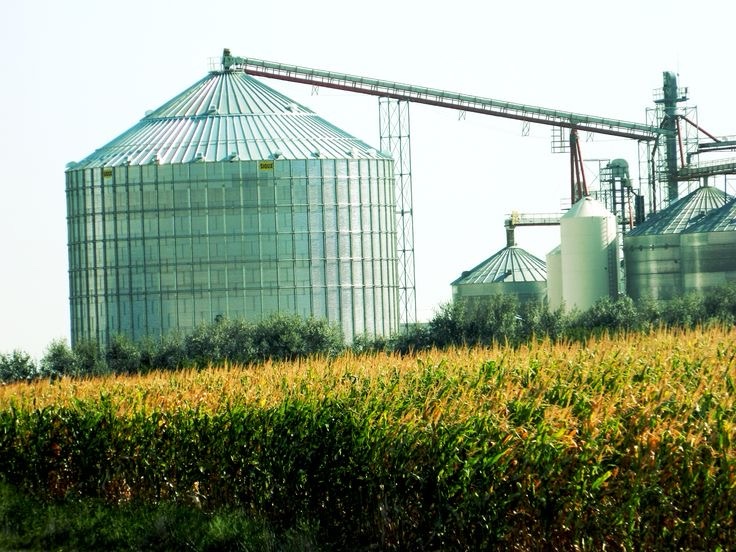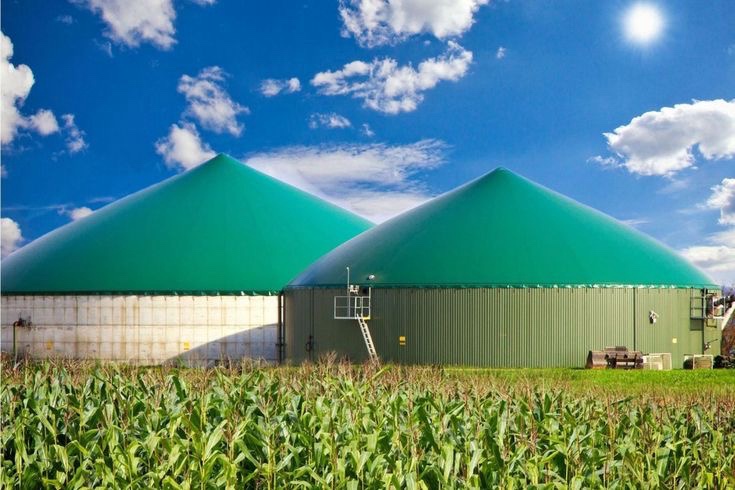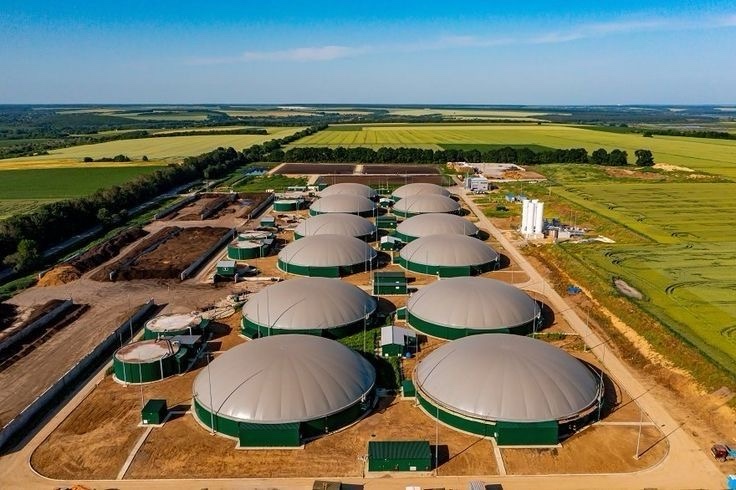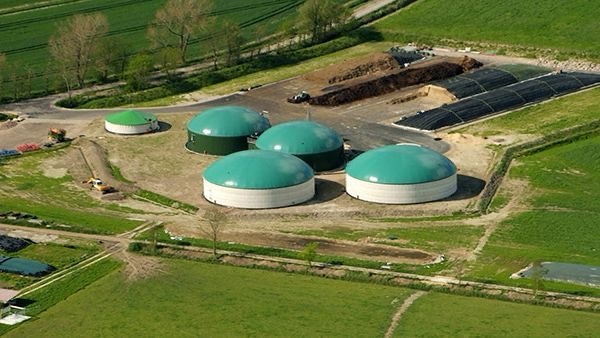Harnessing the Power of Biomass: The Future of Renewable Energy in the United States
The Role of Biomass in the Renewable Energy Landscape
As the world grapples with the urgent need to transition away from fossil fuels and embrace clean, sustainable energy sources, biomass has emerged as a vital component of the renewable energy landscape in the United States. Biomass, which encompasses a wide range of organic materials, including agricultural waste, forestry residues, and municipal solid waste, has the potential to play a significant role in the country’s energy mix.
Biomass Energy Capacity in the US
According to the U.S. Energy Information Administration (EIA), the installed biomass power capacity in the United States reached 16.1 gigawatts (GW) in 2020, accounting for approximately 1.4% of the country’s total electricity generation. This represents a steady growth in the utilization of biomass resources for energy production, as the industry seeks to harness the vast potential of this renewable source.
Biomass Energy Production by Sector
The biomass energy industry in the U.S. is diverse, with various sectors contributing to the overall production. The U.S. Department of Energy (DOE) reports that in 2019, the primary sources of biomass energy were:
- Wood and wood waste: 57%
- Waste heat and other biomass sources: 22%
- Municipal solid waste: 18%
- Landfill gas: 3%
This diversity of biomass feedstocks underscores the versatility and scalability of this renewable energy technology.
Environmental and Economic Benefits of Biomass Energy
The growth of biomass energy in the United States has brought about significant environmental and economic benefits, positioning it as a crucial component of the country’s clean energy transition.
Reduced Greenhouse Gas Emissions

One of the primary advantages of biomass energy is its ability to generate electricity and heat with a significantly lower carbon footprint compared to traditional fossil fuels. According to the U.S. Department of Agriculture (USDA), the use of biomass energy can reduce greenhouse gas emissions by up to 90% compared to fossil fuel-based energy sources.
Sustainable Waste Management
Biomass energy also plays a vital role in the sustainable management of waste streams, diverting organic materials from landfills and repurposing them as renewable energy resources. This not only reduces the environmental impact of waste disposal but also contributes to the circular economy by turning waste into a valuable energy source.
Job Creation and Economic Development
The biomass energy industry has also been a boon for the U.S. economy, creating thousands of jobs and driving investment in rural and underserved communities. The DOE estimates that the biomass energy sector supported over 50,000 jobs in 2019, many of which were located in areas where biomass resources are abundant.
Challenges and Opportunities

While the biomass energy sector in the U.S. has experienced steady growth, it also faces a number of challenges and opportunities that will shape its future trajectory.
Technological Advancements
One of the key challenges facing the biomass energy industry is the need for continued technological advancements to improve the efficiency, cost-effectiveness, and environmental performance of biomass conversion processes. The DOE‘s Bioenergy Technologies Office is actively investing in research and development to address these challenges, with a focus on developing advanced biofuels, biochemicals, and biopower technologies.
Feedstock Availability and Logistics
Another significant challenge is the need to ensure a reliable and sustainable supply of biomass feedstocks, which can be influenced by factors such as weather, competing uses, and transportation logistics. Overcoming these challenges will require a comprehensive approach to biomass supply chain management and strategic partnerships between industry stakeholders.
Policy and Regulatory Landscape

The growth of biomass energy in the U.S. has also been influenced by a complex policy and regulatory environment, with federal and state-level incentives, tax credits, and renewable portfolio standards playing a crucial role. Navigating this landscape and advocating for policies that support the development of the biomass energy industry will be essential for its continued expansion.
The Future of Biomass Energy in the U.S.
As the world continues to seek innovative solutions to the pressing challenge of climate change, the role of biomass energy in the United States is expected to grow in the coming years.
Biomass Energy Targets and Projections
The U.S. Department of Energy‘s Billion-Ton Study Update projects that the country’s biomass resource potential could reach up to 1.5 billion dry tons per year by 2040, which could be used to produce a wide range of bioenergy and bioproducts. The DOE‘s Bioeconomy Initiative also sets a goal of producing 30% of the country’s transportation fuels from biomass by 2030.
Advancements in Biomass Conversion Technologies

Technological advancements in biomass conversion processes, such as gasification, pyrolysis, and anaerobic digestion, are expected to drive improvements in the efficiency, cost-effectiveness, and environmental performance of biomass energy systems. These innovations will be crucial in unlocking the full potential of this renewable energy source.
Integrated Biorefineries and the Bioeconomy
The future of biomass energy in the U.S. is also closely tied to the development of integrated biorefineries, which can produce a diverse range of biofuels, biochemicals, and bioproducts from a single biomass feedstock. This integrated approach to biomass utilization is central to the broader vision of a thriving bioeconomy, where renewable, bio-based materials and chemicals replace fossil-based alternatives.
Conclusion
The biomass energy industry in the United States has already made significant strides in contributing to the country’s clean energy transition, and its future looks increasingly promising. With continued technological advancements, strategic partnerships, and supportive policy frameworks, the biomass energy sector is poised to play a vital role in shaping a more sustainable and resilient energy future for the United States.



